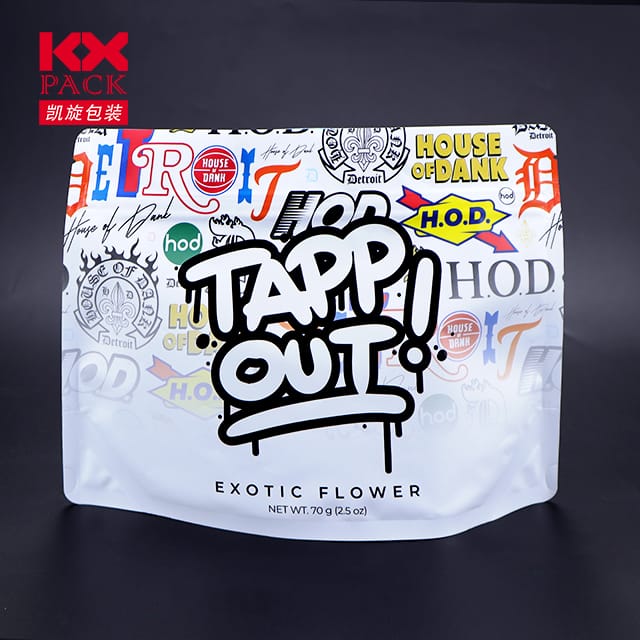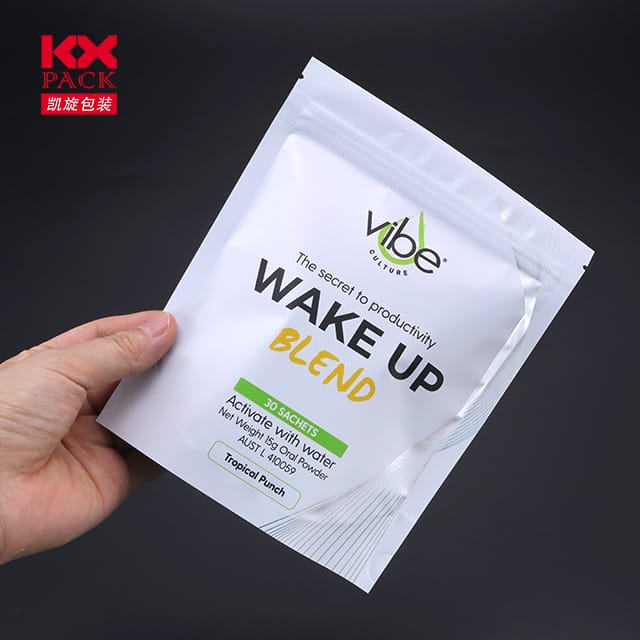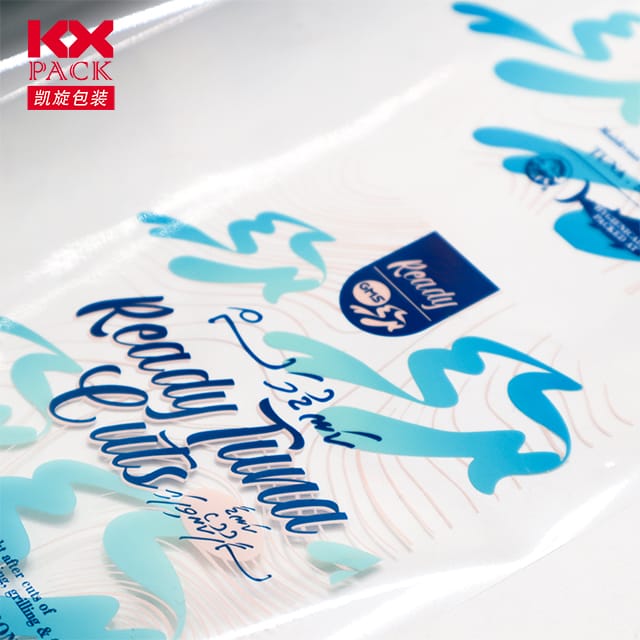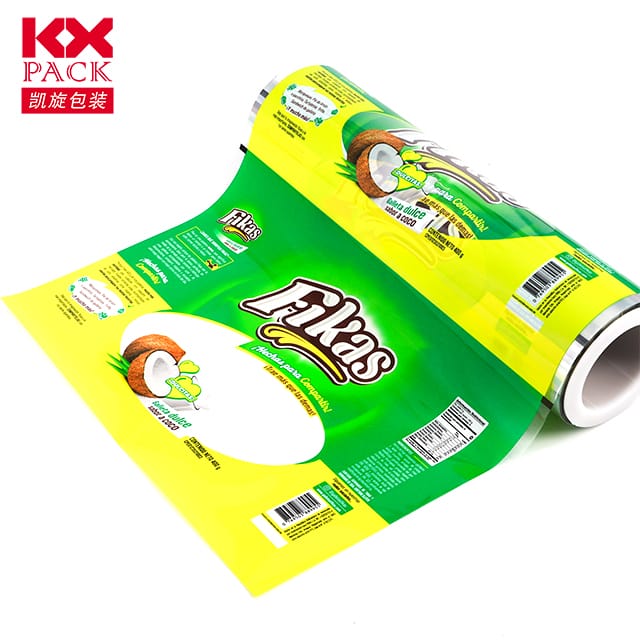ラッピング用フィルムの諸刃の剣: 便利さと. 環境負荷(3)
Plastic Film for Wrapping
Plastic film is ubiquitous in our lives. 食料品店から配送倉庫まで, この多用途な素材で包みます, 守る, 生鮮食品から壊れやすい電子機器まであらゆるものを保存します. しかし、環境への懸念が高まるにつれて, 疑問が迫ってくる: プラスチックフィルムの利便性とプラスチック廃棄物の削減という緊急の必要性を調和させることはできるだろうか? Let’s unpack the role of plastic film in modern life and explore sustainable alternatives.
Why Plastic Film Dominates Packaging
- 汎用性 & 費用対効果
Plastic Film for Wrapping (like polyethylene, or PE) is lightweight, フレキシブル, and inexpensive to produce. It can be tailored for various uses—cling wrap, shrink wrap, bubble wrap, もっと. - Barrier Protection
It shields products from moisture, 酸素, および汚染物質, extending shelf life and reducing food waste. 企業向け, this means fewer losses and happier customers. - 透明性 & Marketing Appeal
Clear plastic film allows products to be visible, enhancing retail appeal. For consumers, it provides a “see-before-you-buy” advantage.
The Environmental Toll
- Non-Biodegradable: Traditional plastic film takes centuries to decompose, contributing to landfills and ocean pollution.
- マイクロプラスチック: As plastic breaks down, it releases microplastics that contaminate ecosystems and enter the food chain.
- Carbon Footprint: Production relies on fossil fuels, contributing to greenhouse gas emissions.
州アラート: The Ellen MacArthur Foundation estimates that by 2050, plastic could outweigh fish in the ocean.
Innovative Solutions & Alternatives
- 生分解性 & 堆肥化可能なフィルム
- 人民解放軍 (ポリラトン酸): Derived from corn starch or sugarcane, it decomposes in industrial composting facilities.
- PHA (Polyhydroxyalkanoates): A biodegradable plastic produced by microbial fermentation.
- Plant-Based Films
Materials like セルロース (from wood pulp) または agar (from seaweed) offer compostable, non-toxic options. - 再利用可能 & Recyclable Systems
- 蜜蝋ラップ: A natural, washable alternative to cling film.
- Silicon Lids: Durable covers for bowls and containers.
- Returnable Packaging: Some companies are trialing reusable plastic crates or containers.
- 化学リサイクル
Emerging technologies break down plastic polymers into raw materials, enabling circular production.
How You Can Make a Difference
- Reduce: Opt for loose produce, buy in bulk, or choose products with minimal packaging.
- Reuse: Repurpose plastic film for tasks like covering leftovers or protecting plants.
- Recycle: Check local guidelines—some regions accept clean plastic film for recycling.
- Support Eco-Brands: Patronize companies using compostable or recycled materials.
The Future of Plastic Film
While Plastic Film for Wrapping isn’t going away overnight, progress is underway. Governments are enforcing stricter regulations (例えば。, the EU’s Single-Use Plastics Directive), and industries are investing in greener alternatives. Consumers, あまりにも, hold power—by demanding sustainability, we push the market toward innovation.
最終的な考え
Plastic Film for Wrapping has revolutionized packaging, but its environmental cost is undeniable. By embracing alternatives, recycling wisely, and supporting eco-conscious brands, we can mitigate its impact. Let’s strive for a future where convenience and sustainability aren’t mutually exclusive.
💡ヒントの場合: When recycling plastic film, ensure it’s clean and dry to avoid contamination.
What’s your strategy for reducing plastic film use? Share your tips in the comments!
キーワード: plastic film for wrapping, 持続可能なパッケージ, biodegradable plastic film, compostable alternatives, reduce plastic waste, eco-friendly packaging solutions







